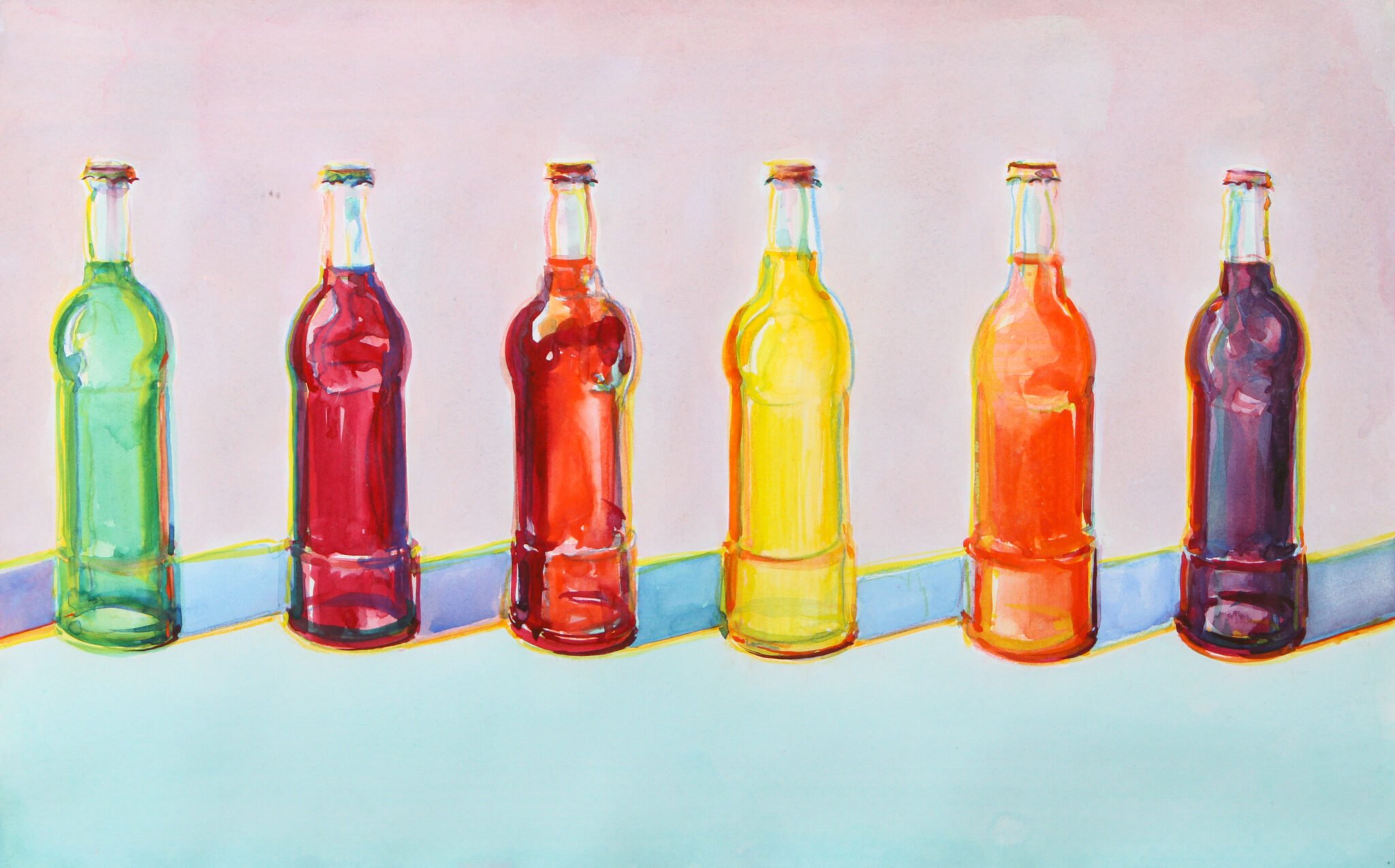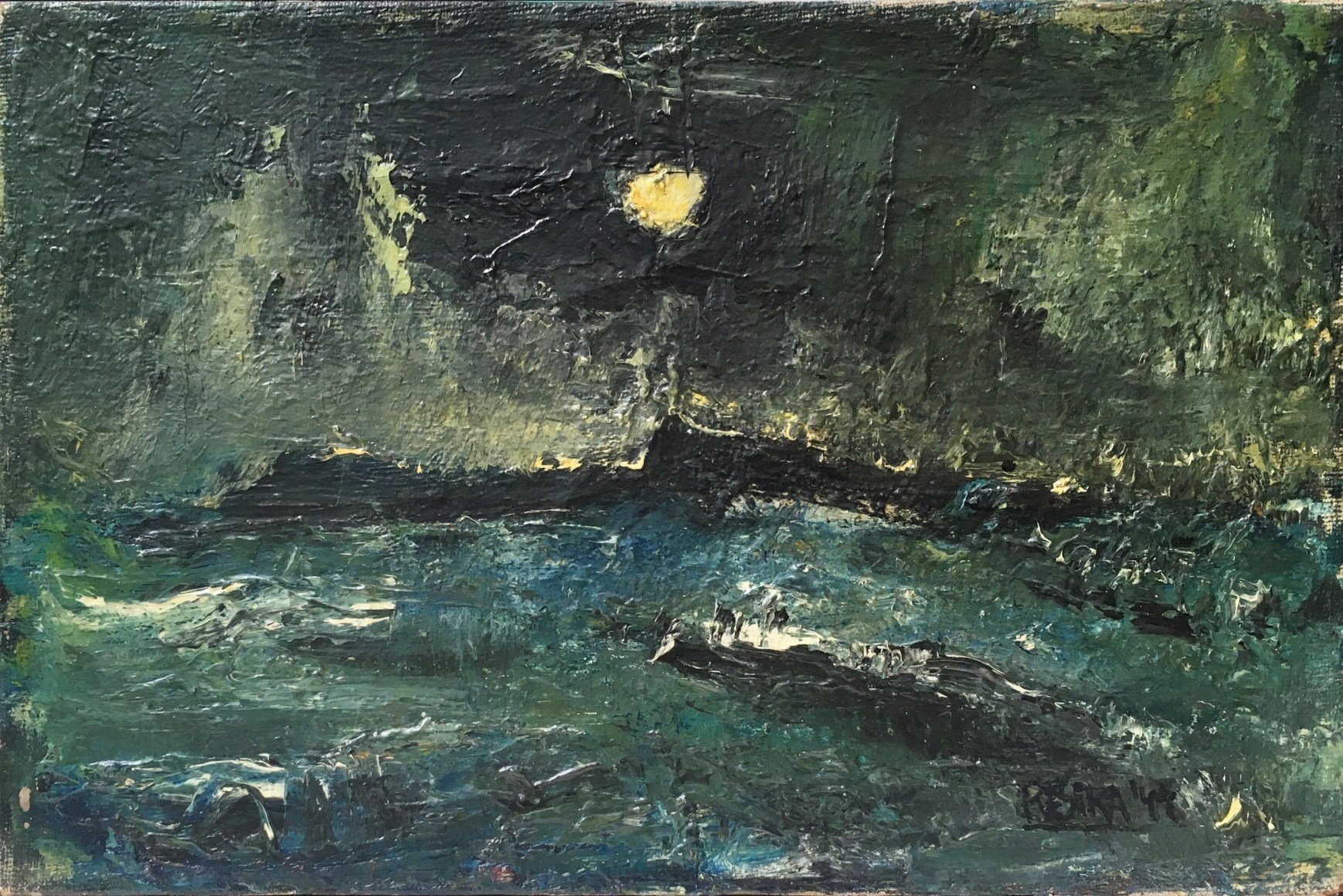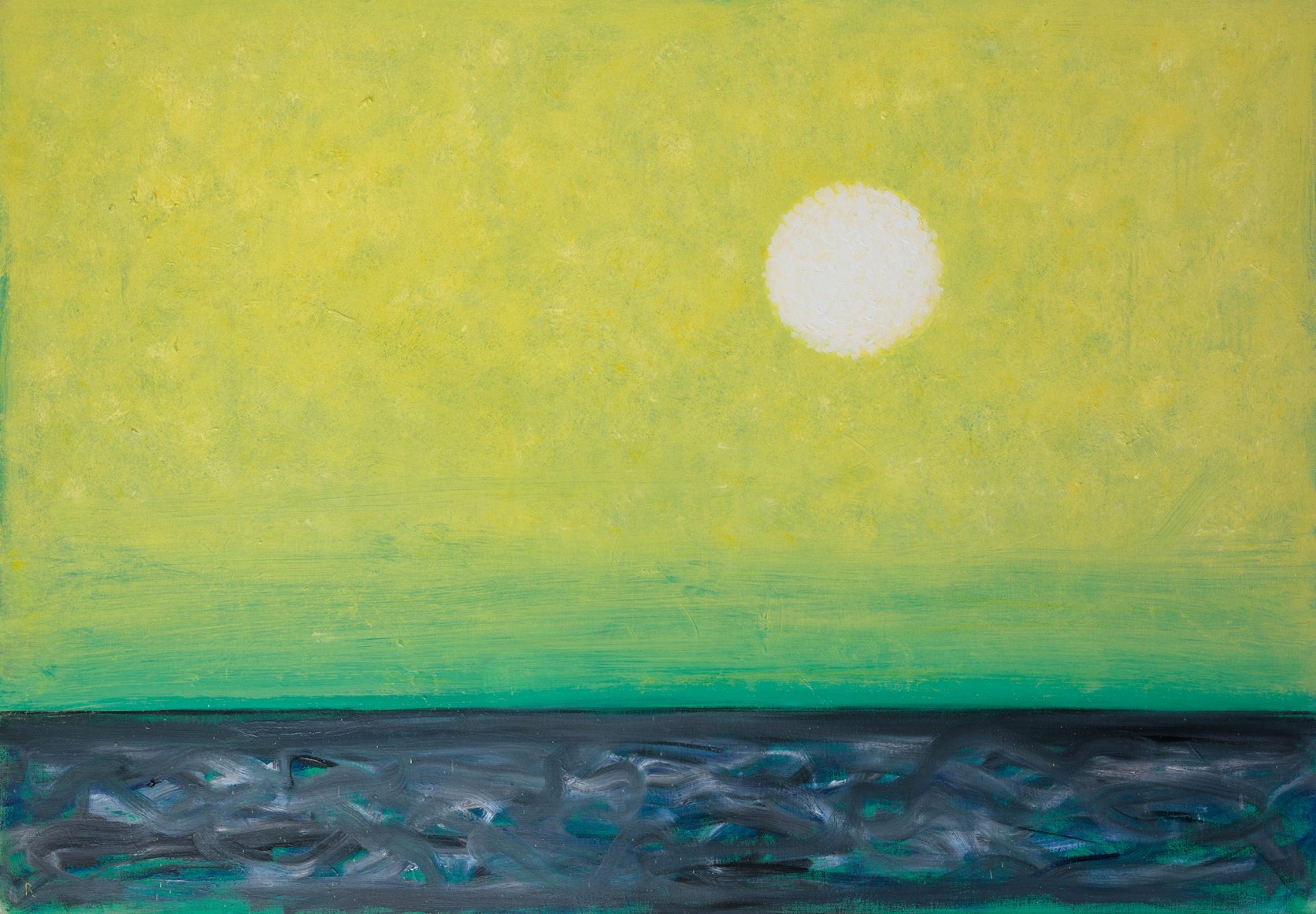THE NEW CRITERION, July 19, 2024
On Shift., performed by Dorrance Dance at the Joyce Theater.
Inchoateness is not usually an aspiration for artistic performance, but Dorrance Dance makes such incipience its métier. For the opening of Shift., a new work premiering this week at the Joyce Theater, seven tap dancers amble onto an empty stage with the house lights up, the backdrop raised, and the audience still chattering. They look as though they are there for a warmup, wearing sweats, talking to one another, doing a step here and there, oblivious to the audience’s presence.
For anyone who has ever attended a working rehearsal, the relaxed yet anticipatory scene is more than familiar—and also more than welcome. Dance may be most appreciated when we are allowed to sit in on its making. Dorrance Dance, known for its deconstructed take on tap, turns this making into a choreographic vocabulary.
Recently, with Dance Theatre of Harlem at New York City Center, Robert Garland did something similar with his “Nyman String Quartet No. 2.” Here with Dorrance Dance, we are given an even greater sense of works and process. After a few minutes of stops and starts, Michelle Dorrance, the company’s founder and artistic director, enters stage left smiling and walks over to her dancers, joining the circle as it slowly builds with energy and coherence of movement. Finally, the lights dim, the audience quiets down, and only then do we get the recorded theater welcome and cell-phone warning. The show is already well underway, even if we didn’t know it.
Trained at the North Carolina Youth Tap Ensemble by Gene Medler, to whom this work pays homage and by whom several of her dancers have also been trained, Dorrance follows her mentor’s advice to express rather than impress. Instead of stand-and-deliver feats or virtuosity, she has her dancers turn to each other as they perform together. Inward-facing circles, either upright or sitting on chairs, are the group’s baseline form to which they often return. Into this mix, Dorrance enters and exits as choreographer and coach, an approach that can’t help but reflect her own family background as the daughter of a ballet teacher (M’Liss Dorrance) and soccer coach (Anson Dorrance).
After this introduction of tap call-and-response, which begins free-form and builds to a clapping, stomping unison, the company walks offstage and returns, surprisingly, with instruments and a microphone. This musical interlude turns out to be one of several during the run, which adds space, and no doubt some breathing room, to what would otherwise be a full hour of motion. These performances within the performance come from deep dives into the American songbook and are presented in a sweetly affecting and dreamlike way—remarkably, by the company’s own dancers. “Dedicated to You,” the first such song, was written by Sammy Cahn, Hy Zaret, and Saul Chaplin in the 1930s and is here performed by the dancers Addi Loving on vocals, Claudia Rahardjanoto on bass and vocals, and Dorrance on ukulele. Together they direct their show to the rest of the company, who emerge now in black blazers atop their sweats (costumes for the performance are facilitated by Amy Page).
The do-it-yourself approach continues as the dancer Luke Hickey enters, illuminated by a spotlight on caster wheels pushed in darkness by another dancer. Hickey shakes and flails as he is chased by this blinding light, which could be a headlight or a television feed and is aimed at times into the audience itself. Eventually, the company returns, bringing in chairs to sit and watch him. After various dance-offs and step-and-repeats, the company enters in two tap lines finally facing, and nearly charging, the audience. Only then do the members play the crowd as they tap across the stage, smiling and waving for applause.
But is this the end? Much like the beginning, not quite. Last is a rendition of “That’s the Way it Is,” Alex Kramer and Joan Whitney’s standard from 1945, which finishes the evening as performed by Rahardjanoto (vocals, bass), Loving (ukulele, vocals), and Dorrance (bass, ukulele): “I’ll love you forever/ Though it may never be/ But that’s the way it is/ With people like you and me.”
The one sour note of Shift. is a “director’s note” in the program that rails against the “heat on the planet,” “14,000 dead children,” and “fascism coming to power.” We get it, Michelle: you are a guilt-laden white Southerner now living in Brooklyn. The most charitable thing to say about the Park Slope mantra is that, like some “land acknowledgment,” it gives a perverse license for art for art’s sake. Fortunately, and like many, I imagine, I left this performance whistling a sweeter tune.










